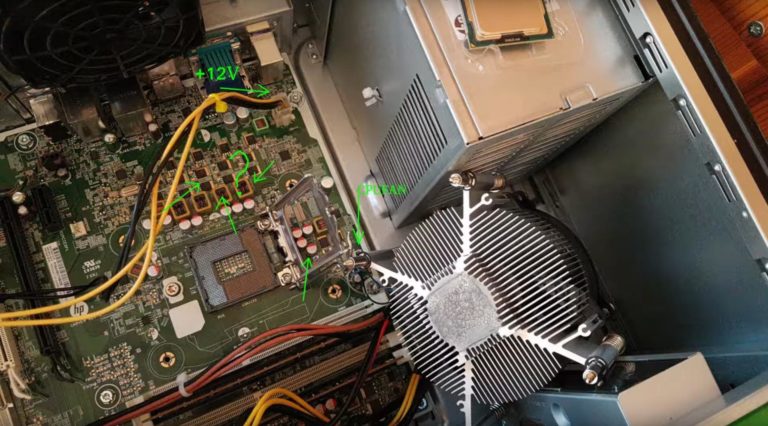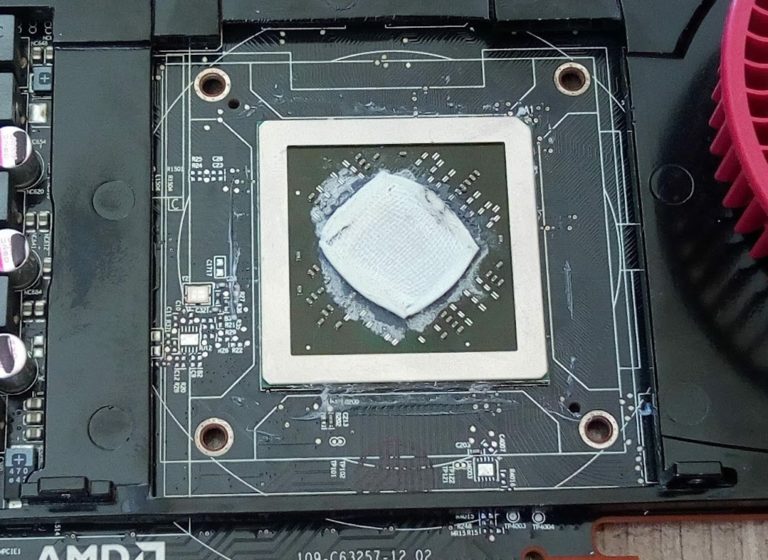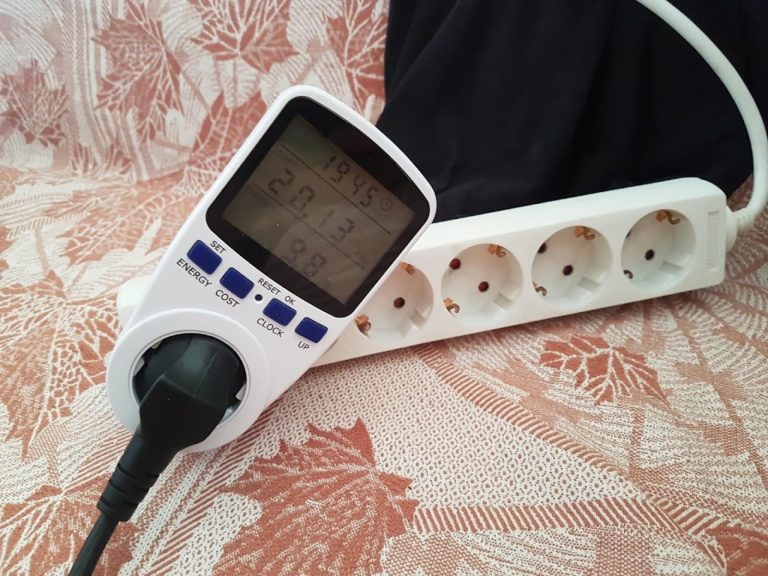The 19V-ish DIY powerbank
Ever wished yourself a power bank for your (non USB-C) laptop?
I did lately, though I can’t complain with the 7200 MAh battery of my Fujitsu Lifebook s792.
First I looked up some power bank cases like this, as well as some DIY charge balancing boards. These look like a pretty nice option for use with 18650 cells (of which I have way too many…).
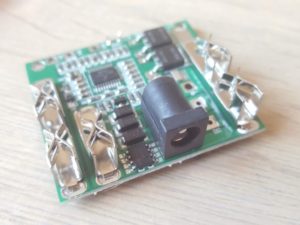 |
| One not-bad-looking balancing PCB I still haven’t tried… |
So I ordered myself a few DIY carge balancing boards.
However I could not just sit still waiting that to arrive from China. Why not just connect the 5 cells in series unprotected?
Reading some opinions of (supposedly) competent people, it looks that the most important part of setting up a multi-cell battery is to pick balanced cells. That is, choose cells that have identical charge-discharge behavior.
Just think of what a balancing board does – it cuts charging when a cell reaches top voltage, and it cuts output when a cell drops to termination voltage. That is, it limits performance in order to protect low quality or poorly matched cells.
So why not just make sure to use good identical cells? Generally because it costs extra time and money.
I was however lucky to find quite a decent set of LGABC21865 cells in a dead Dell Latitude battery.
Now, I call that battery dead because it didn’t charge, but the cells were in great condition. The battery board apparently cut off because the cells were over-discharged to ~1.7V. But after I charged them and tested them with a ZB2L3, they proved quite stable, and remarkably consistent in their capacity around 2200 MAh, all within +/- 50 MAh range.
 |
| Le scientifically tested LGABC21865 |
So what I did is just solder 5 cells in series (18.5V nominal, 21V charged). Doing a few charge/discharge cycles, probing individual cell voltages, I was surprised to observe that, though diverging slightly at discharge, voltages tend to equalize after charging the pack with a 21V charger. That is, they balance even when in series.
 |
| Don’t take it to airport security, my friends say |
Now the practical part with my Fujitsu laptop:
I didn’t expect that battery pack to be of much practical use, since it would be in the neighborhood of 19V for only a fraction of its useful discharge course.
The laptop is happily pulls current from the power bank, but powers off if voltage drops to 18V (which may occur quite quickly, especially if a quad-core i7 finds some work to do…)
But now the interesting part: if stock battery is connected, the laptop will not only remain on when our sketchy power bank drops below 18V – it will happily continue pulling all the energy it needs, going as low as ~12.5V! (I didn’t dare to go lower, that would mean less than 2.5V per cell, supposedly unhealthy for it).
While going down to 18V, decreasing amounts of current would be used to charge the stock battery. Beyond 18V it would stop charging, but still draw all the necessary current from the external source, i.e. not starting to draw from stock battery.
So I was surprised to find myself with quite a practical external laptop power bank.
A practical use case would be the following:
1. charge both stock and DIY battery to 100% (keep stock battery full to avoid wasteful battery-battery energy transfer)
2. Use up power bank until it drops to 15V, for example
3. Disconnect power bank and work with stock battery
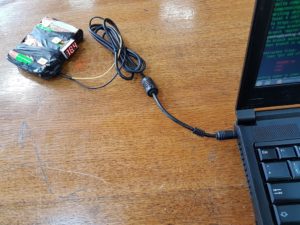 |
| Yes, I actually connected it to my laptop |


